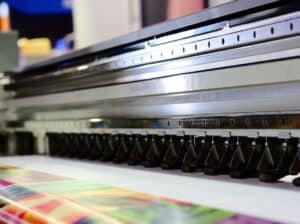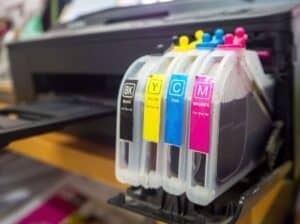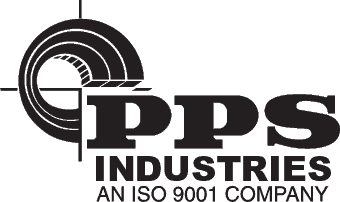Faceplates and Overlays
Water-based inks have become increasingly popular in the printing industry due to their superior print quality and eco-friendliness. Unlike oil-based inks that use petroleum-based solvents, water-based inks utilize water as the primary solvent, making them safer and easier to use. In addition, water-based inks emit fewer volatile organic compounds (VOCs) into the air and are less flammable, resulting in lower environmental harm.

Water-based inks are known for producing high-quality prints with vibrant colors and excellent coverage on various materials, such as paper, cardboard, and textiles. Chemical reduction is a popular process used with water-based inks to achieve a smoother and more uniform print. This technique involves using chemicals to reduce the ink particles’ size.
There are several chemical reduction methods available, including surfactants and coalescing agents. Surfactants are chemicals that lower the ink’s surface tension, making it easier to flow onto the printing surface, while coalescing agents help ink particles merge for a more cohesive print. Both of these methods can help improve print durability and reduce the risk of fading.

However, it’s important to consider the impact of the chemicals used in chemical reduction processes on the environment. Proper handling and disposal of these chemicals are crucial to minimize potential harm.
Overall, water-based inks and chemical reduction techniques are essential tools for producing high-quality prints with minimal environmental impact in the printing industry.

